Content
Stanley plum is a variety from the North Caucasus region. It has high survival rate in places with changeable weather conditions. The Stanley plum is resistant to both frost and drought, which is advantageously presented by its characteristics. She is dominated by qualities that she borrowed from her “genetic ancestors.” The Stanley variety belongs to the Hungarian plums, which can be called Stanley or Stanley. These varieties of varieties are very similar to each other, but they have more differences. The only thing that can be noted is the long purple fruits with dark spots in the form of black shades. There are abdominal stripes that distinguish the variety from others, as well as the taste of the pulp - it is sugary and dessert-like. Hungarian women make the best prunes.
History of variety selection
The plum variety Stanley was bred a long time ago - in 1926 by several breeders.It all started in the twentieth century, when Richard Wellington decided to conduct an interesting experiment. A professor at Cornell University crossed plums - he took the French variety Pruneau d'Agen as the basis. Additionally, Grand Duke was studied - this is a variety of American origin. The French plum Pruneau d'Agen conveyed its taste, excellent aroma and sweetness of the fruit. External features are the full merit of the “woman”. And the male plum variety provides resistance to bud freezing in cold spring.
Nowadays, Stanley plum is present in many gardens. They are loved for their qualities and properties - they are planted in regions with a temperate climate. The variety is also popular in Russia. In Europe and America, it ranks 4th in terms of landing rates in central regions.
In the 80s of the last century, the Stanley variety was cultivated in the USA. Now Stanley is grown in the Black Earth Region, Moscow region, and Siberia. But the plum is late-ripening, so it is better not to export it to frosty countries. Even if she grows up, she will not be able to mature.
Description of the Stanley plum variety
The Stanley plum grows up to 3 m in height. A very tall tree with a massive crown. Plum bark has a dark brown hue compared to other trees. The trunk, straight in length and round in shape, beautifully holds the plum branches. The shoots have a reddish tint. The leaves have their own pigmentation, which is sometimes perceived as a disease. The Stanley plum blossoms in mid-spring, when the April thaw sets in, the ground freezes and nourishes the soil. The buds on the tree are generative, appearing on the shoots after the first year of the seedling’s life.
The Stanley plum variety begins to bear fruit towards the end of the 4th year. Full ripening occurs in mid or late September.The Stanley plums themselves are very tasty - they have a large pit that is easily separated from the pulp. However, the mass of the fruit is small - only 50 g, while most of the weight is occupied by the seed.
The skin is purple in color, but near the filling it looks green. There is also a ventral seam that unevenly connects the top and bottom of the plum. The pulp is yellowish, according to agronomists it received 4.9 points. The taste is very sweet, dessert. Due to the impressive height of the Stanley plum, one tree can produce more than 70 kg of fruit during the fruiting period.
Characteristics of the Stanley variety
The Stanley plum variety is quite large, so it needs care and feeding.
Drought resistance, frost resistance
The Stanley plum variety tolerates frost very easily. The maximum "survival" mark is -34 0C, which means that the columnar Stanley plum can grow even in Siberia without changing the taste of its fruits.
It also tolerates heat easily, but stuffiness and drought are unacceptable. The Stanley plum needs to be watered abundantly, using sloe, Ussuri plum or sand cherry for the soil so that the rootstocks do not harm the tree. Stanley plum also needs grafting in winter.
Stanley plum pollinators
Stanley plum pollinators are varieties with similar characteristics. These include Chachak plum, plum varieties Empress, Bluefree and President. All of them have good quality and tasty fruits.
Stanley plum yield
The Stanley plum variety blooms in mid-spring, and you can enjoy the fruits in early autumn. Young trees will allow you to harvest 60-70 kg of crop.But mature tall and massive plums weigh up to 90 kg from one tree.
Area of application of berries
The Stanley plum variety has a universal purpose. It is consumed in its pure form without processing; it can be dried to obtain prunes. Also in industry, this variety is loved in the form of compotes, jams and juices. Separately, they began to produce marinades using Stanley plums. It is easy to freeze, it does not spoil, as it is “prepared” for low temperatures. Transportability is excellent - homemade Stanley plum can easily withstand moving.
Resistance to diseases and pests
Columnar plum Stanley is very resistant to diseases, especially polystigmosis. This is a disease of red spots on foliage and fruit. Usually, after infection, plums of different varieties begin to become covered with a gray film of rot and aphids.
Advantages and disadvantages of the variety
If we take into account all the characteristics and features of the Stanley plum, we can highlight several of its positive aspects:
- It easily carries viruses and diseases without requiring additional preventive measures.
- Stanley plum will do equally well in the Moscow region and Siberia - frost resistance is high.
- It is self-fertile and produces a constant, stable harvest.
- The peel is soft and dense - not subject to abrasion and cracks.
Among the shortcomings, only its susceptibility to rot and demands on soil fertility are highlighted. Therefore, if you additionally moisten and feed the soil, you can enjoy delicious Stanley plums. Also, reviews from gardeners about the Stanley plum say that the variety is easily replanted on new soil. This is beneficial and convenient for summer residents when the seedling may not like the chosen place for planting.
Planting Stanley plum
The Stanley plum variety should be planted before the beginning of spring, and preferably at the moment the sap begins to flow. Autumn planting is more difficult for trees to tolerate, so in the new year, immediately after the snow melts, it is worth doing just this so as not to miss the deadline.
Recommended timing
The pit is prepared in the fall so that the ground can freeze and warm up. The sizes depend on the root system of the Stanley plum. The variety can have weak roots and then spread several meters wide. Much depends on the soil, but the width of the hole should be wide and roomy:
- If the soil is fertile, dig a hole 60 x 80 cm.
- If not fertile, then the hole reaches dimensions of 100 x 100 cm.
Then in the spring the home plum Stanley will be able to take root.
Choosing a suitable location
The Stanley plum loves warmth, which means that the area on the site should be completely covered with sunlight. The tree will be “grateful” for the fertile soil, warmed to a depth of 1 meter. It is better to eliminate drafts. It is better to plant Stanley plums on the south side in the front rows.
Plum also loves moisture, so underground water is necessary. If there are none, you will have to water the Stanley plum every 3-4 weeks.
What crops can and cannot be planted nearby?
Near the Stanley plum you can plant only those crops that belong to the type of fruit trees. There can be both apple and pear trees in the same garden.
Selection and preparation of planting material
Before planting, you do not need to prepare any additional materials; everything is prepared according to the general rules and algorithm.
Landing algorithm
In the middle of the hole there is usually a support that serves as support for the drain.Before planting, the hole is watered with water - other varieties of plums do not require this. The seedling is tied to a support so that the first shoots are higher than the end of the stake. The roots of the Stanley plum are distributed evenly in width. Then they are covered with earth, and a moat is made around it. It is necessary for watering. The neck of the seedling is treated with heteroauxin, then the furrow is watered.
Aftercare for plums
Further care involves trimming the crown. In order for the Stanley plum to bear fruit well, you need to constantly shape the crown. Every year you can come across growths that are also “trying” to create the shape of the crown. Stanley plums will produce frequent shoots that are too numerous.
In the first two years, attention is paid to the location of the seedling. Every three months during the first and second year, give 2 tablets of heteroauxin. They are bred into one bucket, and the medicine is watered in the ditch of each Stanley plum seedling. Plum also loves manure - it is added at the end of the second year.
Once every 6 years, sanitary pruning is carried out, which helps fight pests and diseases. More details about the Stanley plum variety are described in the video:
Diseases and pests, methods of control and prevention
The Stanley variety is susceptible only to fungal infection by moniliosis. To maintain health, the tree is treated with a fungicide. If the fungus does infect the crown, it is burned partially or completely.
Aphids also love to eat Stanley plums, so Intavir is chosen to combat this disease. If the reason for the falling of Stanley plum fruits is not a rodent invasion, you should look for insects on the crown of the tree.
Conclusion
Stanley plum is an amazing tree variety that is a mixture of “American” and “French”. Stunning characteristics deservedly received almost 5 points from agronomists. If we talk about summer residents and private owners, reviews of the Stanley plum in the Black Earth Region and other regions are only positive.


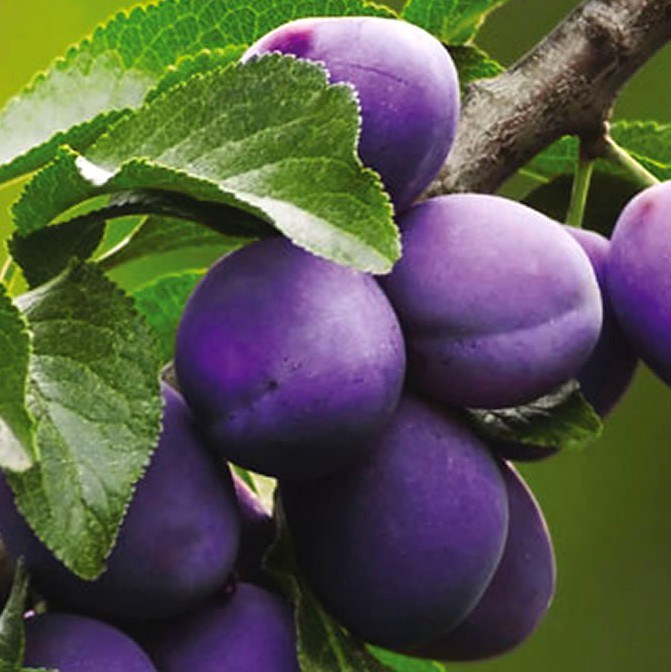
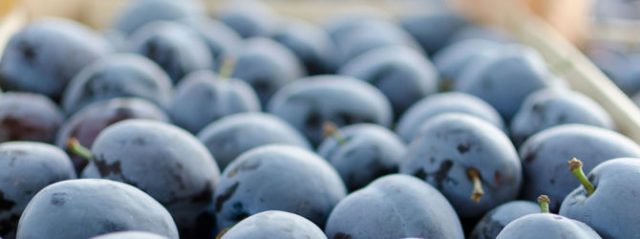
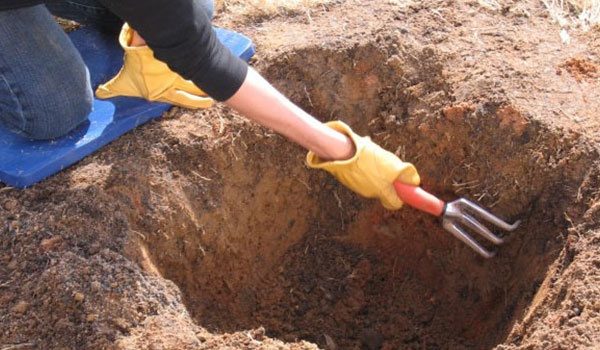
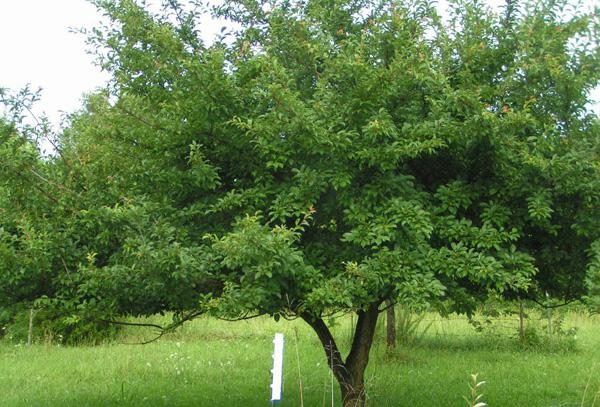
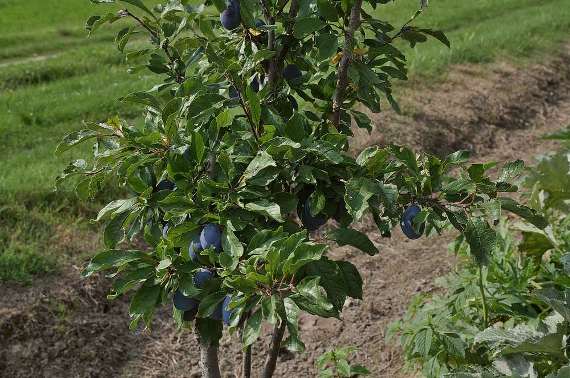
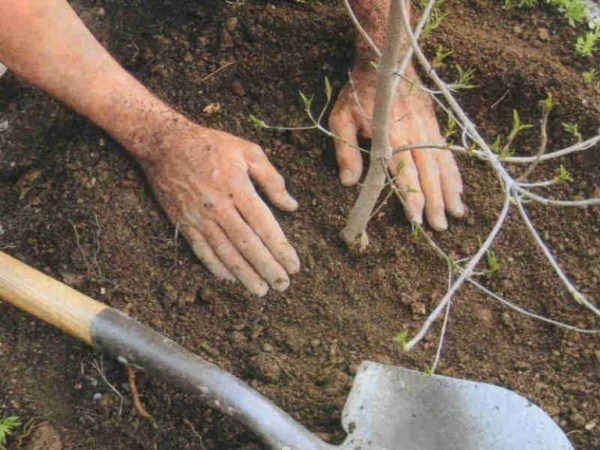
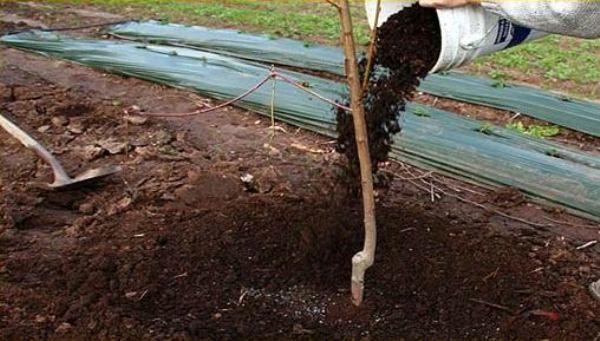
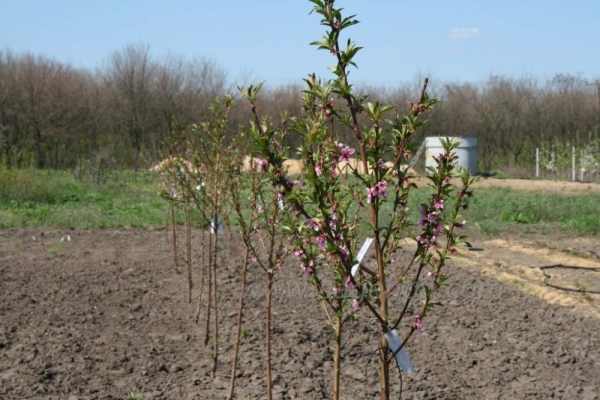

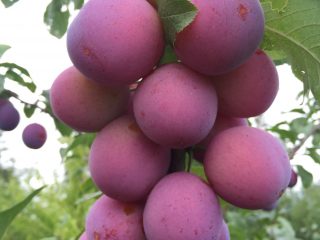
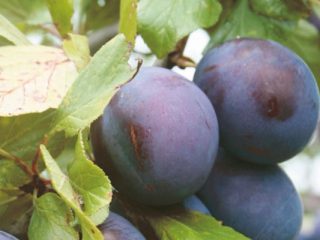
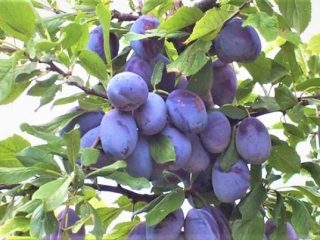
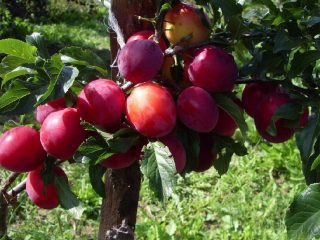
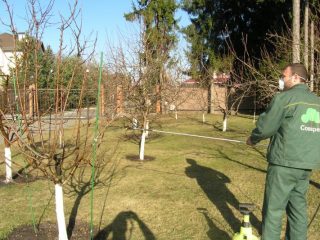
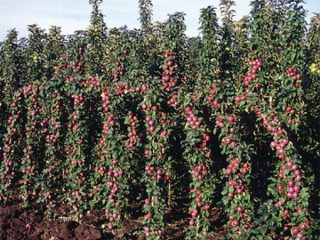
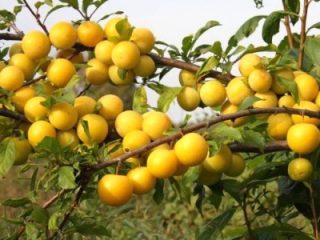

I wanted to write “a very productive and beautiful plum” - the particle “NOT” above is superfluous.
50 grams - small plum?? Are you guys getting drunk there in your south? For our Leningrad region this is an excellent indicator of size. I have one Stanley tree growing - not a very productive and beautiful plum, the fruits are about 40-50 grams